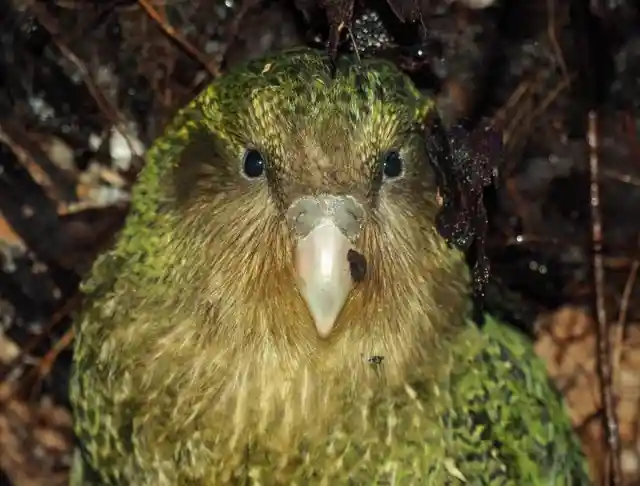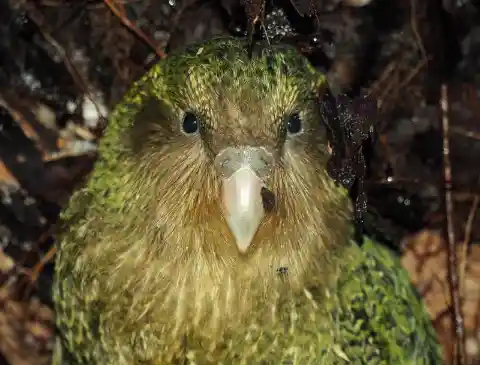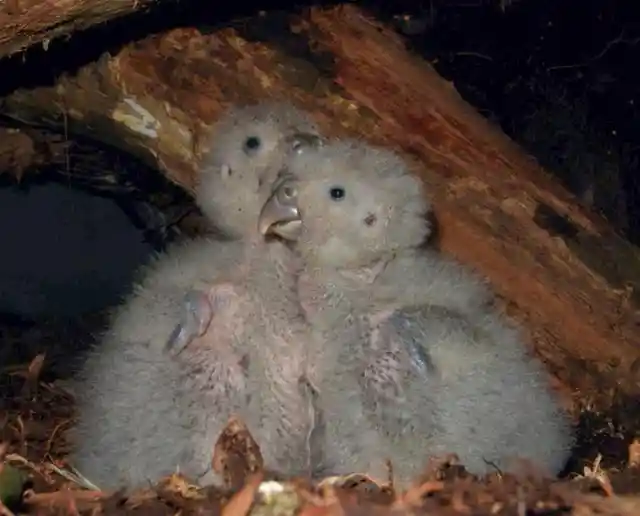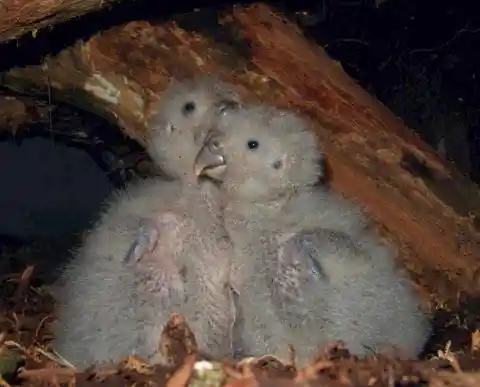For many people, parrots are one of the most charismatic animals that we share our planet with. Amazing and charming creatures, they are everything from a punchline in a joke to the perfect companion for a ship captain. However, parrots are supposed to be able to fly, right?


One breed of parrot that goes against this is the frankly stunning Kakapo parrot.
OK, he’s a touch on the heavy side, but these are parrots that one of the most impressive alive. Sadly, though, these once-proud species are on the verge of being wiped off the face of the planet.
Around 40% of their population is in major decline, and the Kakapo is one of the many bird species now faced with the threat of extinction. Scientific teams are hard at work to try and come up with some technological solutions to try and bring the problem under control.
They intend to use some intelligent new technology to try and turn the battle around on its head.
A Much Needed Help for the Future Generation
With a maximum weight of 5kg, these are heavy birds indeed. They are, though, in serious trouble as the number of predators who chase them is growing and growing. Their odd breeding habit also plays a role.


However, their adorable – if long-winded – mating practices are having a major impact on their ability to try and bring more parrots into the world. With only 114 adult parrots now left, the aim is to try and start using technology to change things for them by using a smart transmitter.
This transmitter would then be used to help locate where birds are nesting, and if they have any illnesses. Science teams can then swoop into their bespoke habitats and try to give them some life-saving treatment.
This also helps them to control their diet and make sure that the birds stay closer to their ideal weight of 1.5kg. They need to retain a very specific weight, otherwise, their ability to create healthy eggs is put under risk.
With fewer eggs being broken and more management of what they eat possible than ever before, though, we might just be able to help save this beautiful species of bird from becoming extinct after all.